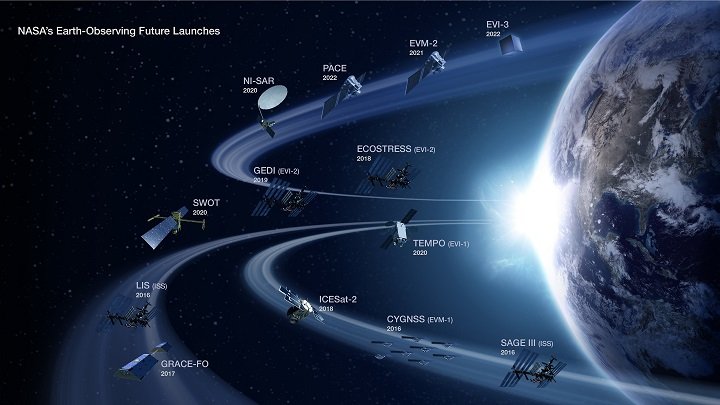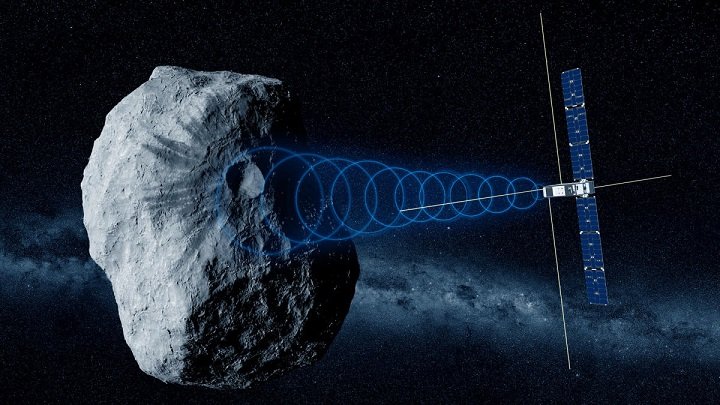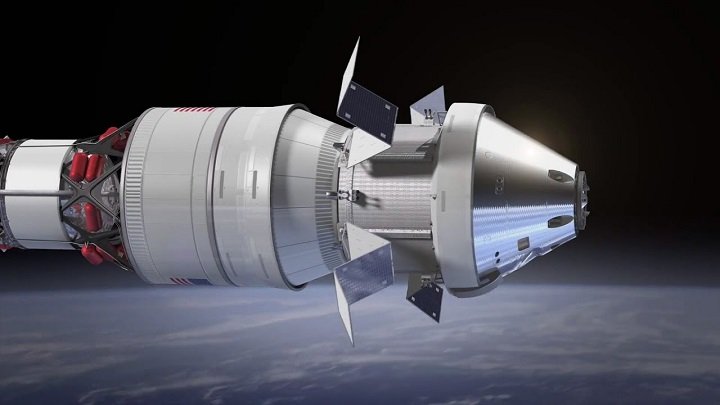NASA’s upcoming space exploration missions, the U.S. space organization, have long been at the bleeding edge of space investigation, pushing the boundaries of science and innovation. From landing space travelers on the moon to sending meanderers to Damages, NASA proceeds to flabbergast the world with its missions. But what’s following? In this post, we will investigate a few of NASA’s up-and-coming space investigation missions, breaking down why they matter, what they trust to accomplish, and how they will shape our understanding of the universe.
Why NASA’s Future NASA’s Upcoming Space Exploration Missions

Space investigation isn’t approximately satisfying our interest. It leads to groundbreaking disclosures that advantage life on soil. NASA’s missions offer assistance to help us way better get the universe, create unused advances, and rouse future eras of researchers and engineers. The up-and-coming missions will reply to basic questions around our sun-based framework, far-off planets, and indeed the potential for life past Earth.
Now, let’s jump into NASA’s key up-and-coming missions and what they point to achieving.
Artemis: NASA’s Return to the Moon
NASA’s Artemis program is one of the most expected space investigation missions in later history. Its objective is basic, however driven: to return people to the moon by 2025. But not at all like the Apollo missions of the 1960s and 1970s, Artemis will go past fair landing space explorers on the lunar surface.
- Artemis I: This mission, set to dispatch before long, will be unscrewed but will serve as a basic test flight for NASA’s unused Space Launch System (SLS) rocket and the Orion shuttle. It will clear the way for future, kept-an-eye-on missions.
- Artemis II: This will be the first run mission, where space travelers will circle the moon without landing. It’s a practice for the fundamental event.
- Artemis III: This is the mission everybody is holding up for. By 2025, Artemis III is anticipated to arrive as a space traveler, counting to begin with Lady and the following man on the moon’s surface.
Why the Moon Again? NASA’s Upcoming Space Exploration
You might ponder why NASA is returning to the moon when it has, as of now, done so in the past. The reply lies in supportability and arrangement for future investigation. This time, NASA points to building up an economical nearness on the moon through the Lunar Portal. A space station that will circle the moon. This station will offer assistance as NASA creates modern innovations and strategies for living in profound space, which will be pivotal for future missions to Mars.
The Damages Missions: Getting Closer to the Ruddy Planet
NASA has long been interested in damages, and its Defaces Investigation Program proceeds to pick up energy. The extreme objective? Send people to Defaces by the 2030s. But some time recently that can happen. NASA is conducting an arrangement of missions to way better get it to the planet and plan for human exploration.
- Perseverance Meanderer: Propelled in 2020, this wanderer is as of now on Damages, collecting tests and considering the planet’s geography. One of its essential errands is to look for signs of old microbial life. The tests Tirelessness collects will be pivotal for future missions.
- Mars Test Return: One of the most energizing up-and-coming missions is the Damages Test Return (MSR). NASA plans to recover the tests collected by Tirelessness and bring them back to Soil. This will be the first time we’ve ever returned materials from another planet. Advertising researchers the chance to think about damages in detail here on Earth.
- Human Mission to Damages: While the innovation and plans are still in advancement, NASA points to sending space travelers to Defaces by the 2030s. This will be a noteworthy accomplishment and might reply to the age-old address: Is there life on Mars?
The James Webb Space contract: Peering keen on the world
NASA’s James Webb room Telescope (JWST), propel in December 2021, is as of currently charitable innovative cinema of our universe. But its travel has, as it were, started.
What Makes JWST Special? NASA’s Upcoming Space Exploration Missions
The JWST is the most effective space telescope ever built. It can see more distant into space and watch the universe in ways that were already outlandish. Its essential mission is to consider the arrangement of stars, systems, and planets and to examine the airs of removed exoplanets for signs of tenability. With this telescope, NASA hopes to reply to a few of the most significant questions approximately the roots of our universe.
Europa Clipper: Investigating Jupiter’s Frigid Moon
One of NASA’s up-and-pending missions that has many individuals eager is the Europa boat. Set to post in 2024, this task will investigate Europa, one of Jupiter’s moons, which researchers believe may have an continual sea below its frosty facade.
Why is Europe important? NASA’s Upcoming Space Exploration Missions
The Europa Clipper will fly by the moon at different times. Collecting nitty-gritty pictures and information that will offer assistance to researchers deciding if its subsurface sea may harbor life. The mission will give profitable experiences into the potential for life past Earth.
Dragonfly: Taking Flight on Titan
NASA’s Dragonfly mission is another exciting up-and-coming mission, set to dispatch in 2027. This mission will send a rotorcraft to Saturn’s biggest moon, Titan. Not at all like Europa, Titan has thick air and fluid lakes of methane and ethane. It’s a secretive and outsider world, but one that might hold the key to understanding more about the roots of life.
Why Titan? NASA’s Upcoming Space Exploration
Titan is the other body in our sun-based framework with fluid lakes on its surface. The Dragonfly will investigate Titan’s scene and ponder its air and surface chemistry to see if conditions there may back life. Dragonfly will be the first to begin a mission to fly a vehicle on another moon, making it a critical jump in planetary exploration.
DART: Protecting Soil from Asteroids of NASA’s Upcoming Space Exploration Missions

While numerous of NASA’s up-and-coming missions center on investigation. A few are outlined to ensure soil. One such mission is Shoot (Twofold Space Rock Redirection Test). DART’s objective is to test whether we can alter the course of a space rock to avoid it from colliding with soil. This is a basic step in planetary defense.
The mission will offer assistance as researchers decide if we can avoid potential space rock impacts in the future. Which seems basic for ensuring soil from disaster.
Conclusion:
NASA’s up-and-coming space investigation missions guarantee to thrust the boundaries of what we know approximately about our sun-oriented framework and past. From returning people to the moon with the Artemis program to investigating far-off universes like Defaces, Europa, and Titan, these missions will answer a few of humanity’s most significant questions: Are we alone in the universe? How did our solar-powered framework shape? And can we live past Earth?
Each mission brings us closer to understanding our place in the universe and with headways in innovation. The future of space investigation is shining. Whether it’s planning for a human mission to Deimos or revealing the puzzles of moons like Europa and Titan, NASA is clearing the way for an unused period of discovery.
For more data, approximately NASA’s missions and to take after their advance. You can visit the official NASA site or investigate extra assets to remain up-to-date on the most recent news.
Let’s proceed to look up at the stars and dream huge.




